
Can You Master ITIL® 4 Foundation in Just 2 Weeks with ScholarAcad?
- Thu 23, Oct 2025

Mastering the Art of Agile Project Management: Best Practices and Benefits
Are you struggling to keep up with the fast-paced world of project management? Do you find yourself constantly adjusting timelines and deliverables to meet changing client demands? If so, it's time to discover the authority of agile project management.
In this knowledge article, we will explore the best practices and benefits of mastering agile project management. Agile methodologies, such as Scrum and Kanban, offer a flexible and collaborative approach to project execution. By breaking projects into manageable chunks and continuously adapting plans, agile allows you to quickly respond to changing priorities and customer feedback.
With agile, you can expect improved project visibility, increased team productivity, and better customer satisfaction. By embracing agile principles, you can minimize wasted resources, ensure efficient utilization of time and effort, and ultimately deliver high-quality projects that meet and exceed client expectations.
Whether you are new to agile or looking to enhance your existing project management strategies, this article will provide you with valuable insights and practical tips to navigate the agile landscape successfully. Get ready to unleash the power of agile and take your project management skills to the next level.
Understanding Agile project management
Agile project management is a dynamic and iterative approach that focuses on delivering value to the customer through incremental and iterative development. Unlike traditional project management methodologies, which follow a linear and sequential process, agile embraces change and encourages collaboration among team members.
One of the key aspects of agile project management is its emphasis on self-organizing teams. Instead of a top-down hierarchical structure, agile promotes cross-functional teams that work together to achieve project goals. This approach fosters collaboration, creativity, and a sense of ownership among team members.
Agile project management provides a framework for managing projects in a complex and uncertain environment. It enables you to adapt to changing requirements, mitigate risks, and deliver high-quality products or services that meet customer expectations.
Benefits of Agile project management
Embracing agile project management can produce numerous benefits for your organization. Here are some of the key advantages:
1. Improved project visibility: Agile provides transparency into project progress through frequent iterations and regular communication. This visibility allows stakeholders to track project milestones, identify potential bottlenecks, and make informed decisions.
2. Increased team productivity: Agile methodologies empower teams to self-organize and collaborate effectively. By breaking projects into smaller deliverables, team members can focus on specific tasks, resulting in increased productivity and efficiency.
3. Better customer satisfaction: Agile puts the customer at the center of the development process. By continuously seeking feedback and adapting to customer needs, agile ensures that the final product or service meets or exceeds customer expectations.
4. Minimized wasted resources: Agile project management emphasizes delivering value early and frequently. By prioritizing work based on customer needs, you can avoid investing time and effort into features or functionalities that may not add value.
5. Efficient utilization of time and effort: Agile allows you to prioritize and allocate resources based on the most valuable and urgent tasks. This ensures that your team's time and effort are focused on delivering the highest impact features or deliverables.
6. Adaptability to changing requirements: Agile thrives in environments where requirements are likely to change. By embracing change and being open to feedback, you can quickly pivot and adapt your project plans to meet evolving customer demands.
Agile project management methodologies
Agile project management encompasses various methodologies, each with its own set of principles, practices, and frameworks. Here are two popular agile methodologies:
1. Scrum: Scrum is an iterative and incremental framework that focuses on delivering value in short iterations, known as sprints. It divides work into a backlog of user stories, prioritized by the product owner. Scrum teams hold daily stand-up meetings to discuss progress, address obstacles, and plan for the next sprint.
2. Kanban: Kanban is a visual framework that aims to limit work in progress (WIP) and optimize flow. It uses a Kanban board to visualize tasks, which are represented by cards that move across different columns, indicating their progress. Kanban promotes a pull-based system, where team members take on new tasks only when they have capacity.
Agile project management vs. traditional project management
Agile project management differs significantly from traditional project management methodologies, such as Waterfall or Prince2. Here are some key differences:
1. Flexibility: Agile embraces change and adapts to evolving requirements, while traditional project management follows a fixed plan. Agile allows for flexibility and encourages continuous improvement, whereas traditional approaches have little room for change once the plan is set.
2. Iterative approach: Agile breaks projects into smaller iterations, delivering incremental value. Traditional project management follows a linear process, where each phase is completed before moving on to the next.
3. Collaboration: Agile promotes collaboration and cross-functional teams, fostering a sense of shared responsibility. Traditional project management relies on a hierarchical structure, with clear roles and responsibilities.
4. Customer involvement: Agile involves customers throughout the development process, seeking regular feedback. Traditional project management typically involves customers at the beginning and end of a project.
Key principles of Agile project management
Agile project management is guided by several core principles that underpin its success. These principles include:
1. Customer collaboration over contract negotiation: Agile values customer collaboration and interaction over rigid contracts. It recognizes that close collaboration leads to better outcomes and customer satisfaction.
2. Responding to change over following a plan: Agile embraces change and views it as an opportunity rather than a disruption. It encourages teams to adapt plans based on feedback and evolving requirements.
3. Working software over comprehensive documentation: While documentation is important, agile prioritizes delivering working software or products. It focuses on providing value to the customer rather than getting lost in excessive documentation.
4. Individuals and interactions over processes and tools: Agile recognizes the importance of people and their interactions in project success. It values effective communication, collaboration, and teamwork over relying solely on processes and tools.
Agile project management tools and software
Numerous tools and software are available to support agile project management. These tools facilitate collaboration, task tracking, and project visibility. Some popular agile project management tools include:
1. Jira: Jira is a widely used project management tool that supports agile methodologies like Scrum and Kanban. It provides features for backlog management, sprint planning, task tracking, and reporting.
2. Trello: Trello is a visual collaboration tool that uses Kanban boards to manage projects. It allows teams to create cards representing tasks and move them across different stages, providing a visual overview of work progress.
3. Monday.com: Monday.com is a versatile project management tool that offers customizable workflows and boards. It enables teams to manage tasks, track progress, and collaborate in real-time.
4. Asana: Asana is a comprehensive project management tool that supports agile project management. It provides features for task management, team collaboration, and project tracking.
Best practices for implementing Agile project management
Implementing agile project management requires careful planning and execution. Here are some best practices to consider:
1. Start with a pilot project: Begin by implementing agile on a small-scale project to test its effectiveness within your organization. This allows you to learn from the experience and make necessary adjustments before scaling agile across larger projects.
2. Involve stakeholders from the beginning: Engage stakeholders, including customers, team members, and management, from the project's inception. This ensures alignment of expectations and promotes a collaborative environment.
3. Establish clear goals and metrics: Define clear project goals and establish key performance indicators (KPIs) to measure progress and success. Regularly review and communicate these metrics with stakeholders to keep everyone informed.
4. Invest in training and education: Provide training and education to team members to familiarize them with agile principles and methodologies. This helps ensure a common understanding and promotes consistent adoption of agile practices.
5. Foster a culture of continuous improvement: Encourage a culture of learning and continuous improvement within your organization. Regularly review project performance, seek feedback, and implement changes to enhance future projects.
Agile project management case studies
To better understand how agile project management is applied in real-world scenarios, let's explore a few case studies:
1. Spotify: Spotify, a leading music streaming platform, adopted agile project management to enhance collaboration and innovation. They organized their teams into autonomous squads, aligned with specific goals, and empowered them to make decisions independently.
2. Toyota: Toyota, renowned for its lean manufacturing principles, implemented agile project management in its software development projects. They adopted Scrum to improve project visibility, communication, and responsiveness to customer needs.
3. Microsoft: Microsoft embraced agile project management for the development of its flagship product, Microsoft Office. They adopted a hybrid approach, combining aspects of Scrum and Kanban, to optimize their development process and deliver regular software updates.
Agile project management certifications and training
To enhance your agile project management skills and credibility, consider pursuing agile certifications and training. Here are a few well-regarded certifications:
1. Certified ScrumMaster (CSM): Offered by Scrum Alliance, CSM certification validates your understanding of Scrum principles and your ability to apply them effectively in projects.
2. Professional Scrum Master (PSM): Provided by Scrum.org, PSM certification demonstrates your knowledge and skills in Scrum, including its roles, artifacts, and events.
3. PMI Agile Certified Practitioner (PMI-ACP): Offered by the Project Management Institute (PMI), PMI-ACP certification recognizes your expertise in agile methodologies and practices.
4. SAFe Agilist (SA): SAFe Agilist certification, provided by Scaled Agile, validates your knowledge of the Scaled Agile Framework (SAFe) and your ability to lead agile transformations in large organizations.
Conclusion: Embracing Agile project management for success
Agile project management provides a powerful and adaptable approach to project execution. By embracing agile principles and methodologies, you can enhance project visibility, increase team productivity, and deliver high-quality products or services that meet and exceed customer expectations.
Understanding the fundamentals of agile project management, exploring various methodologies, and implementing best practices will enable you to navigate the agile landscape successfully. Remember to leverage agile project management tools and software to streamline collaboration, track progress, and ensure project success.
Embrace the power of agile project management and take your project management skills to the next level. By mastering the art of agile, you can stay ahead in the fast-paced world of project management and deliver outstanding results.



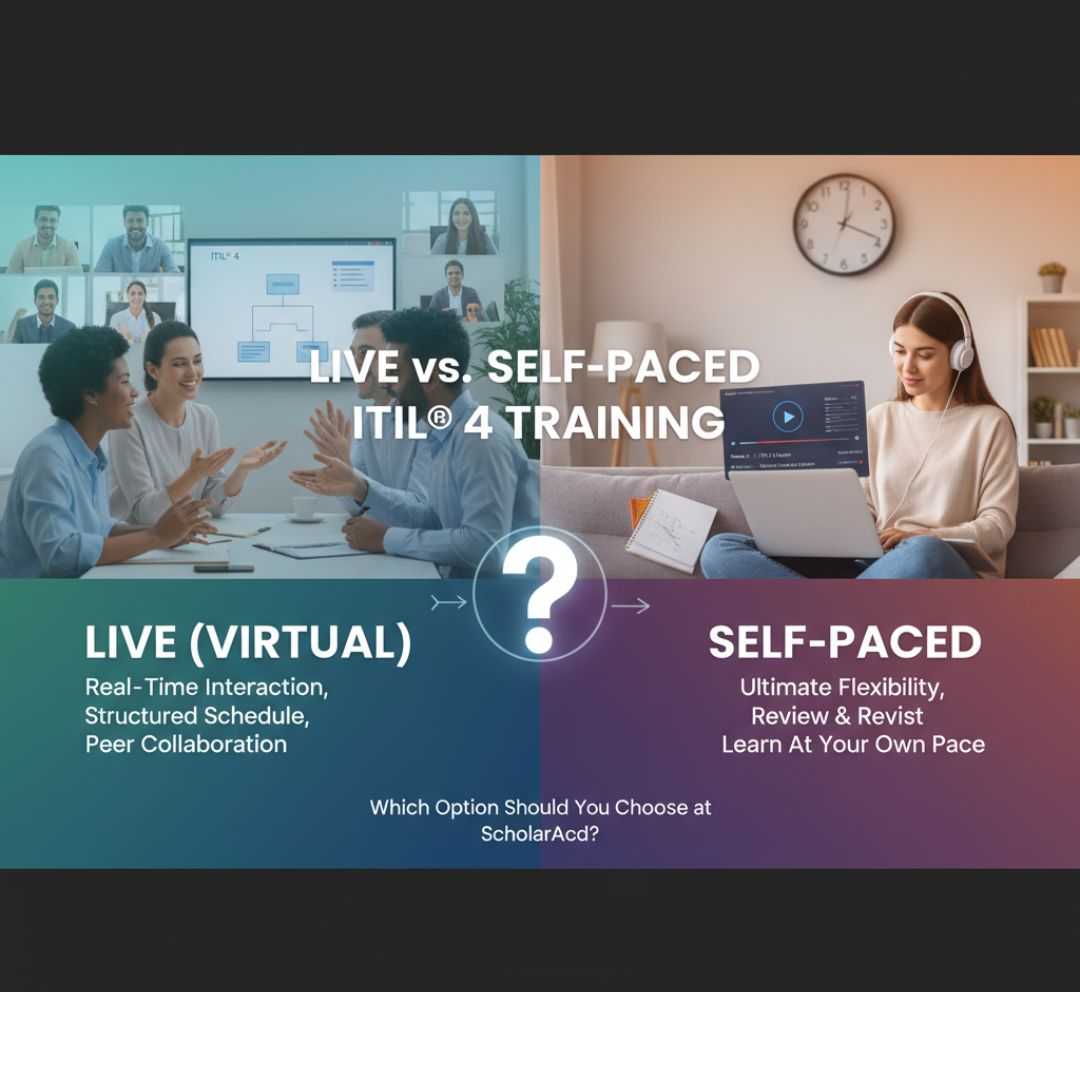




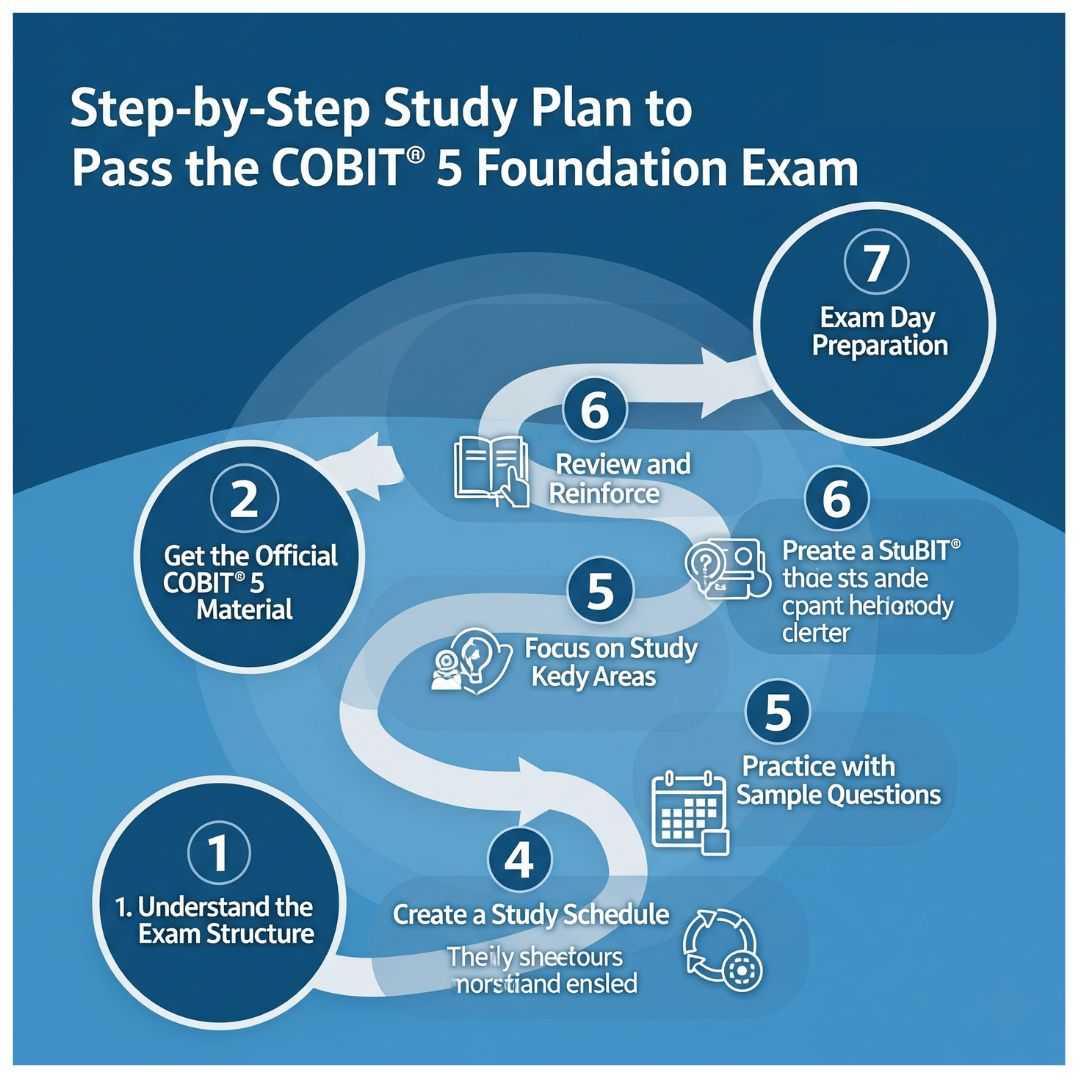



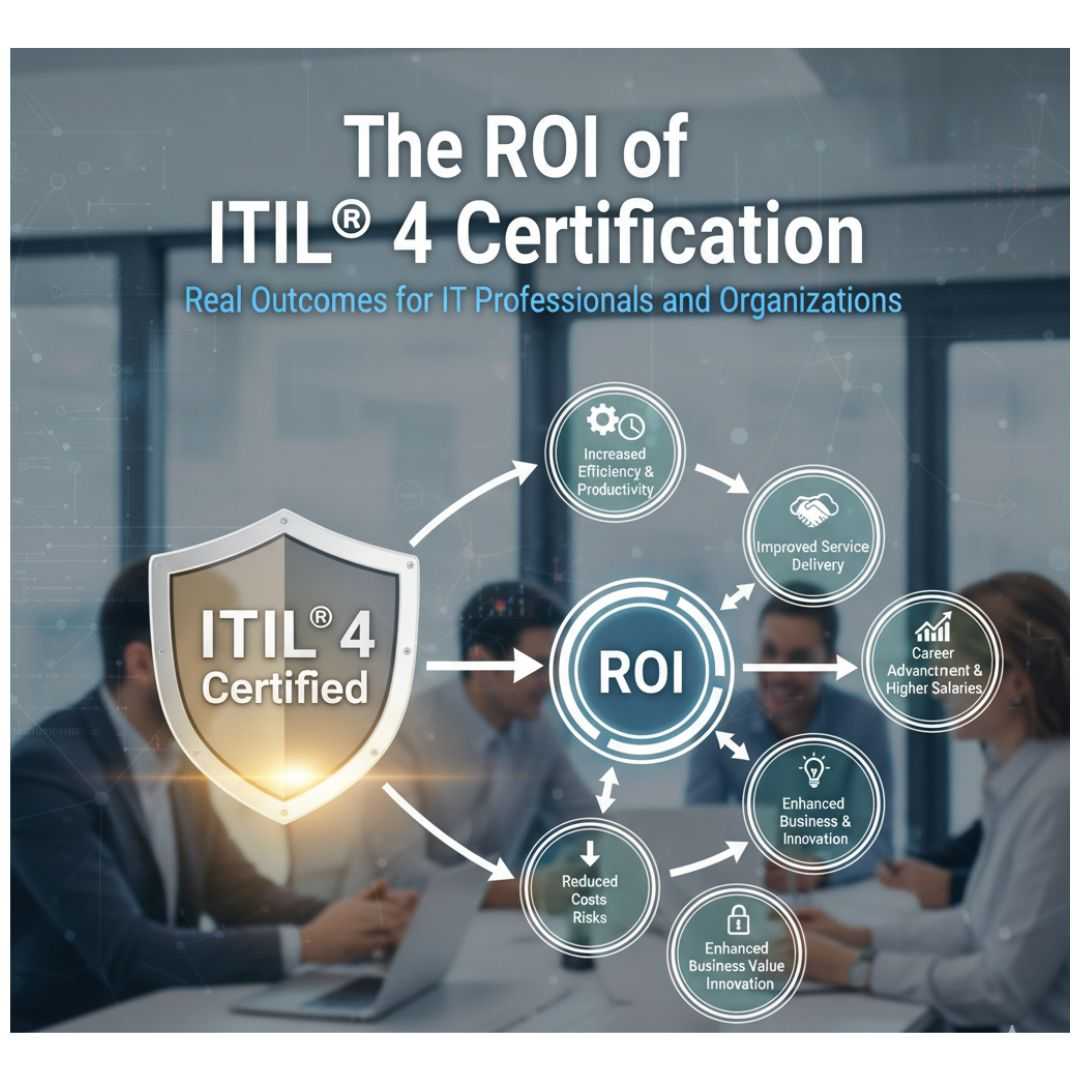





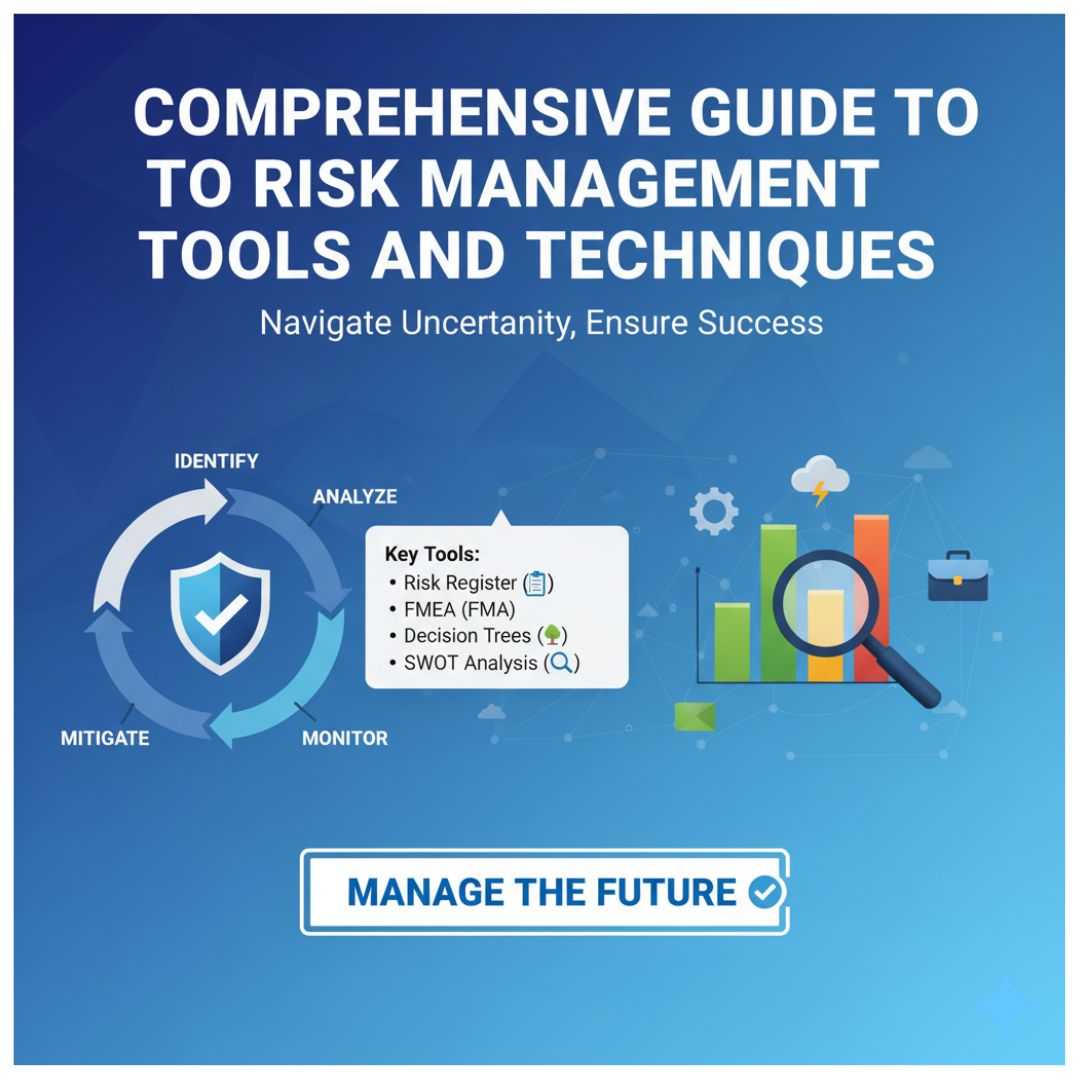




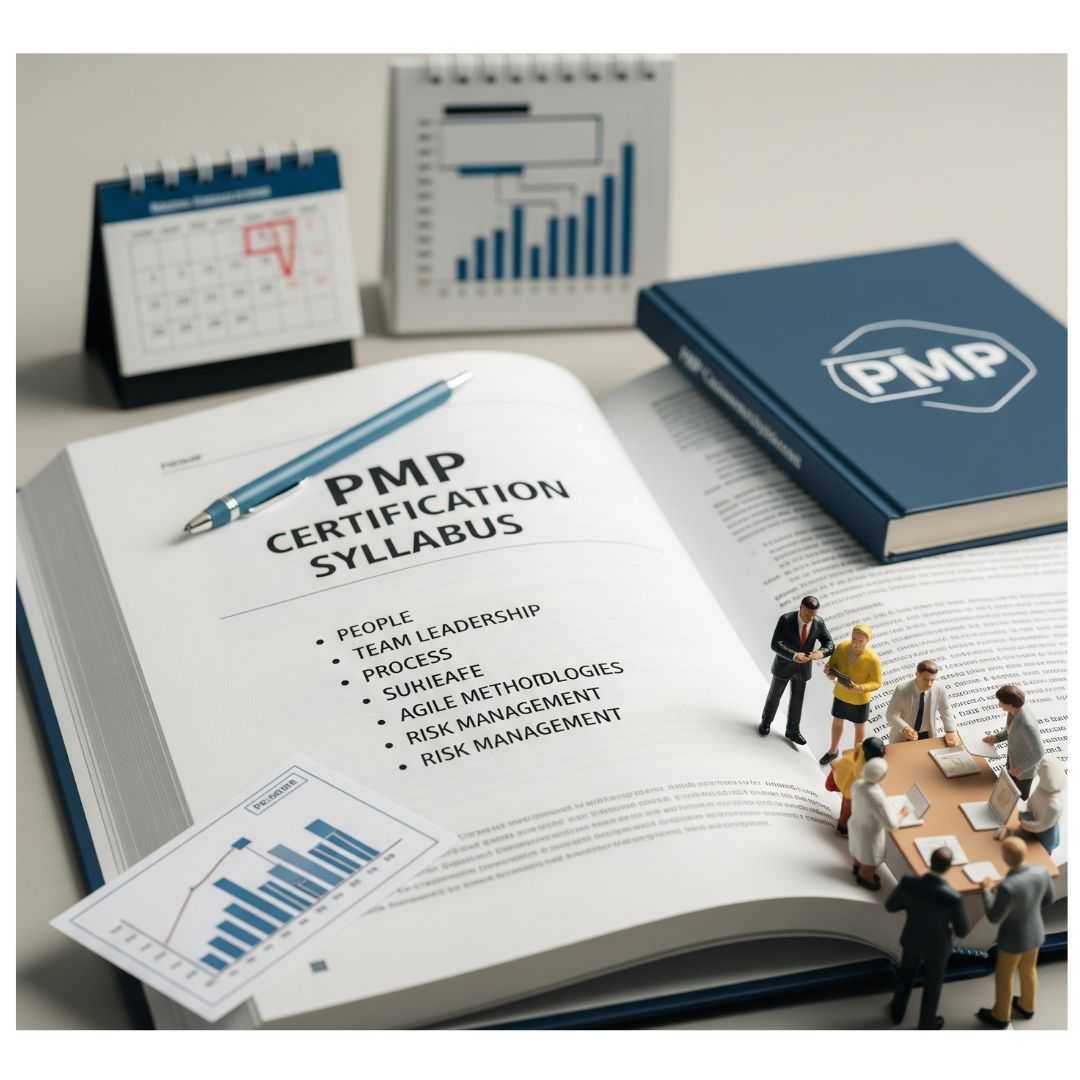





_1756885658_5bde5ece2b6f0dab9403.jpg)
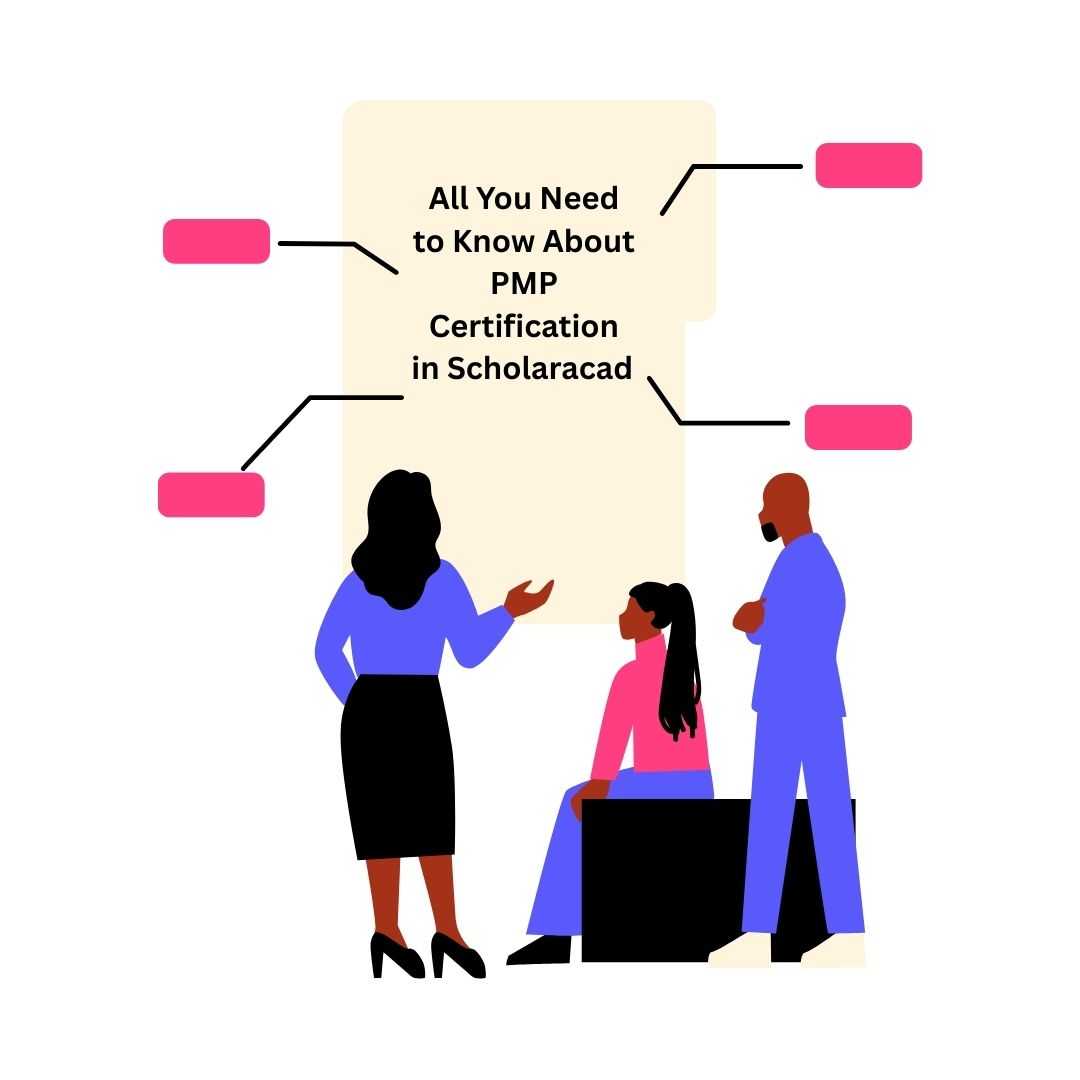





_1756789434_e9e0aac798c1162538f6.jpg)

















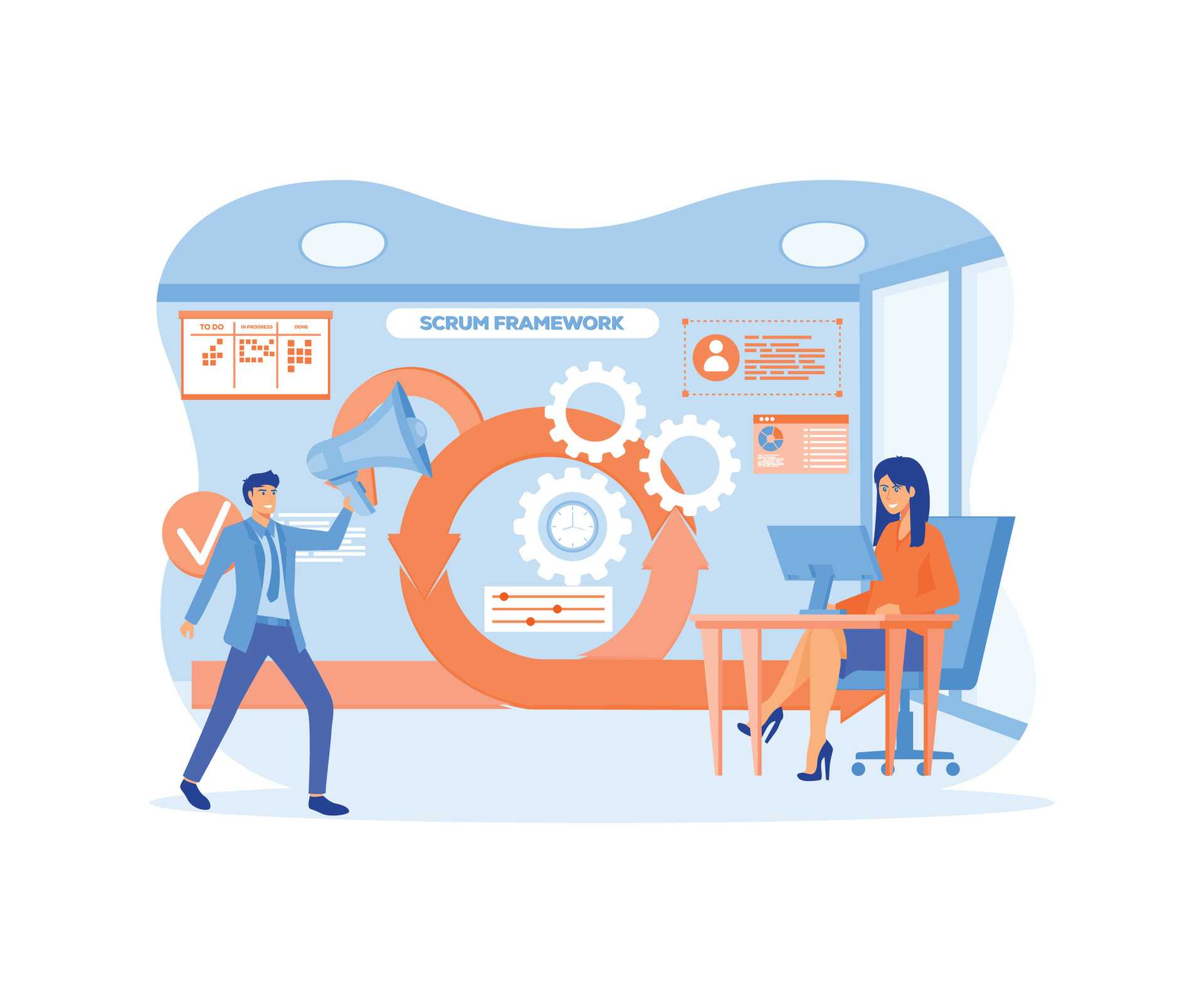





































_1718198115_3e80b2ee31b234c26728.png)
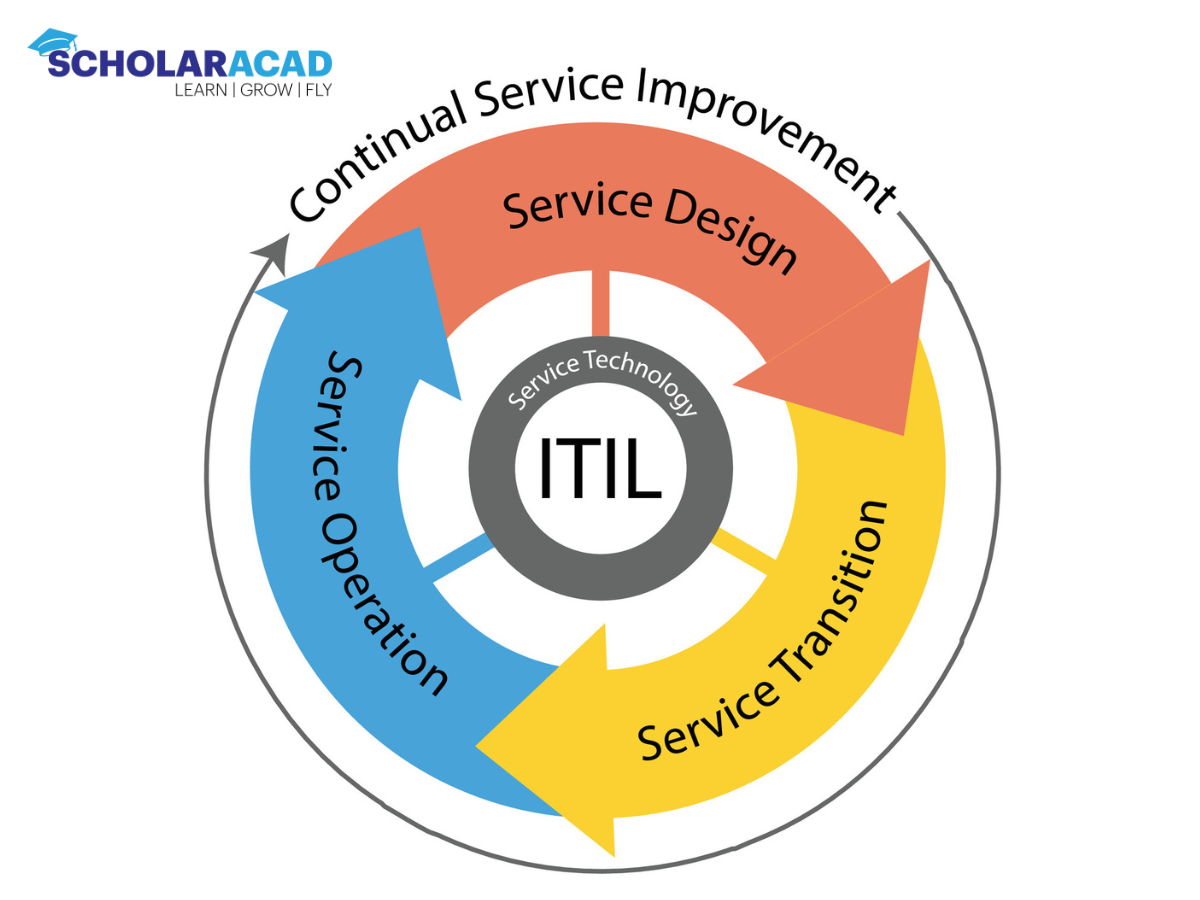









_1715671737_078967910384216bd6b3.jpg)









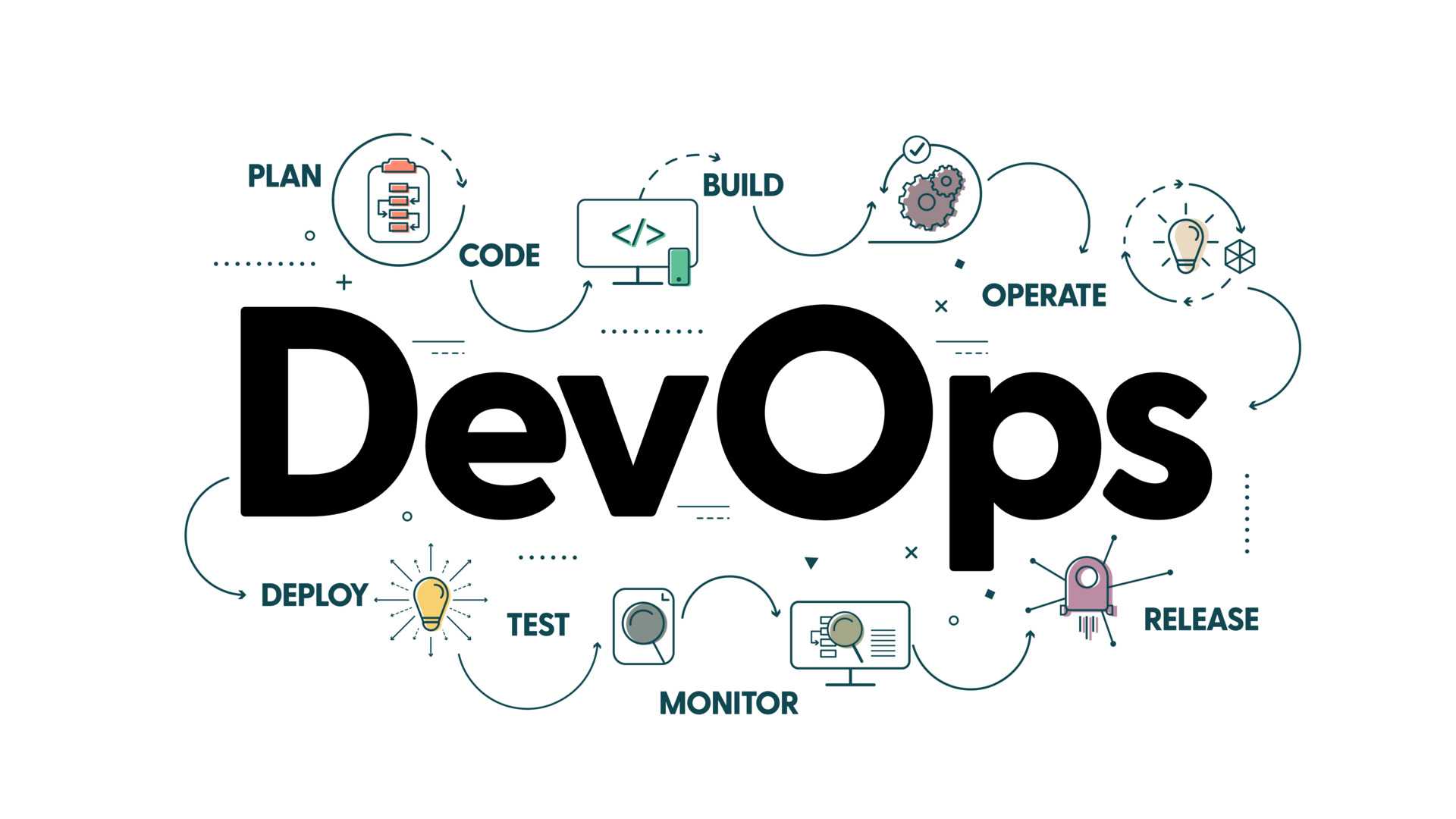

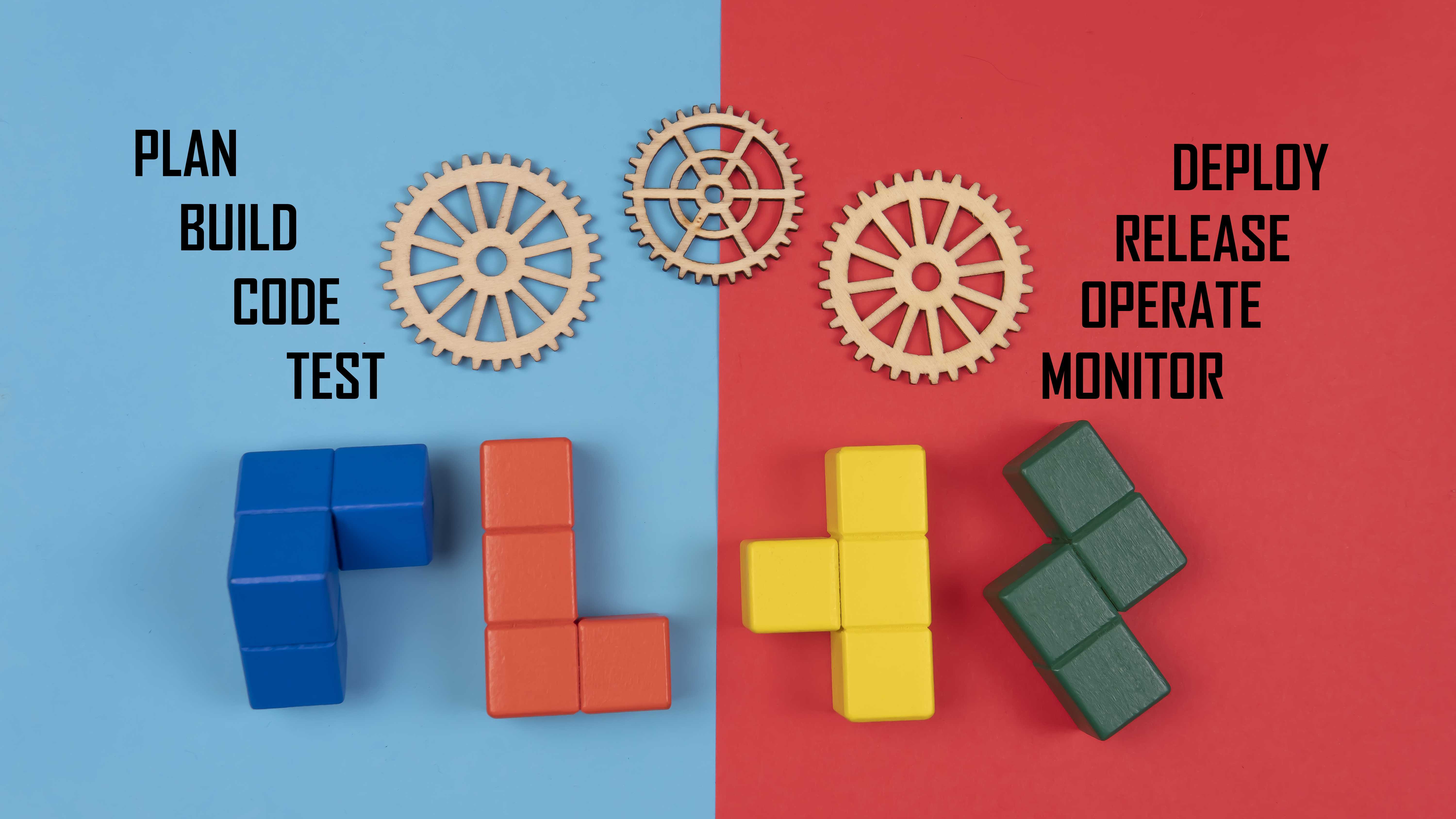
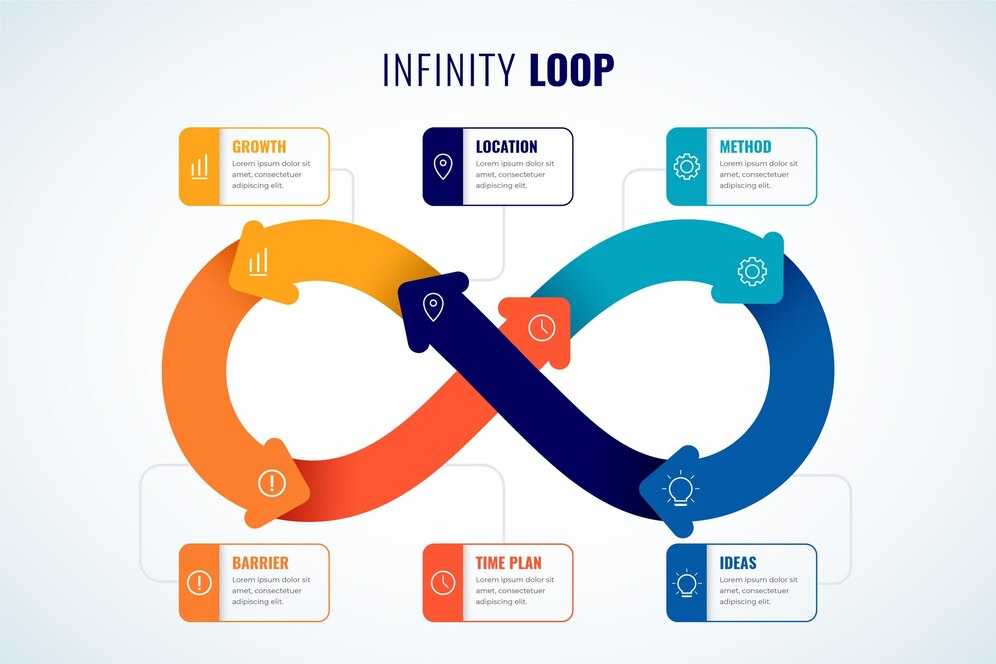
_1712044840_c07a78ec6a0a9aaf68f2.jpg)
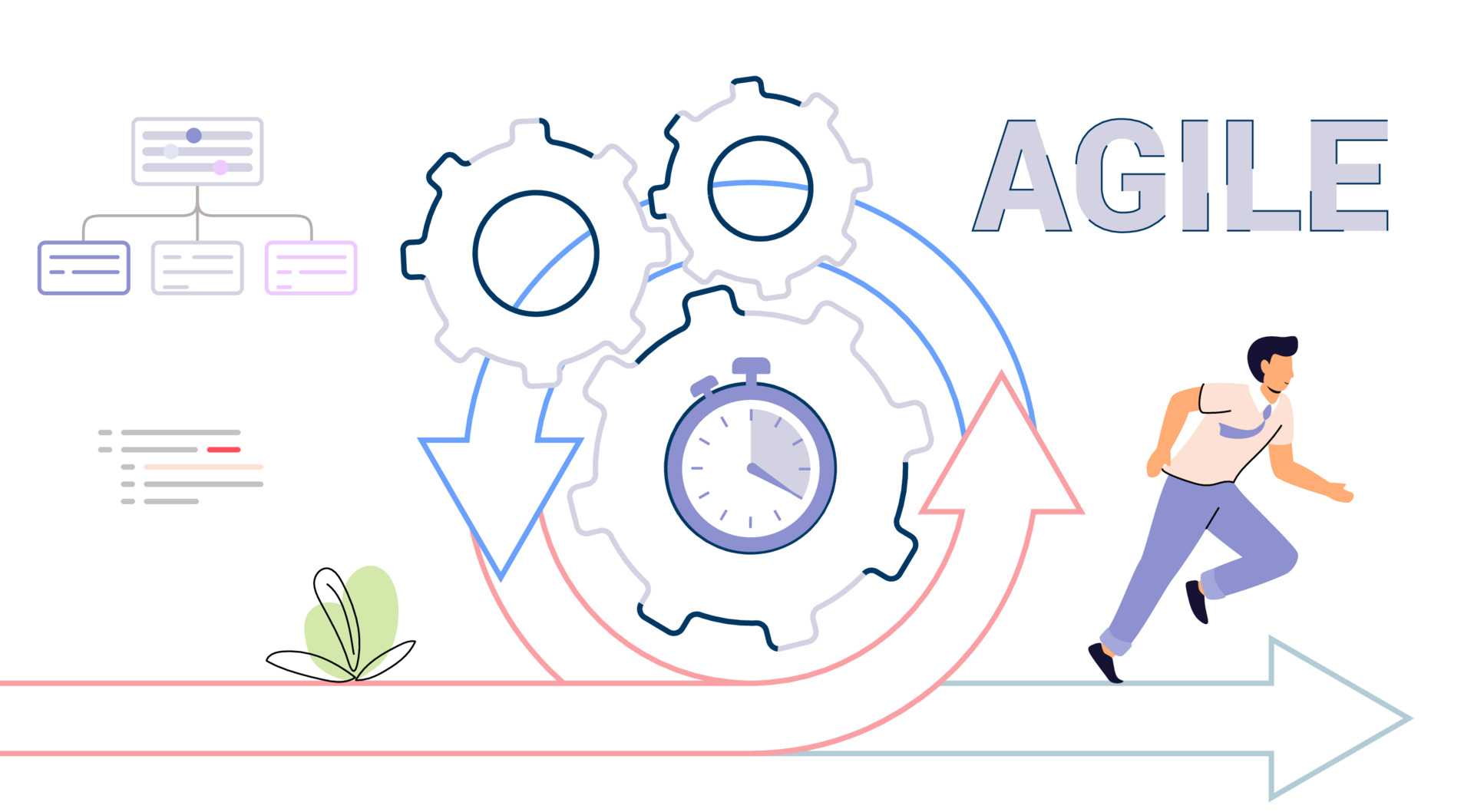



_1701798801_c3b578871fef398593a2.jpg)






Copyright © 2025. All rights reserved by Scholaracad
